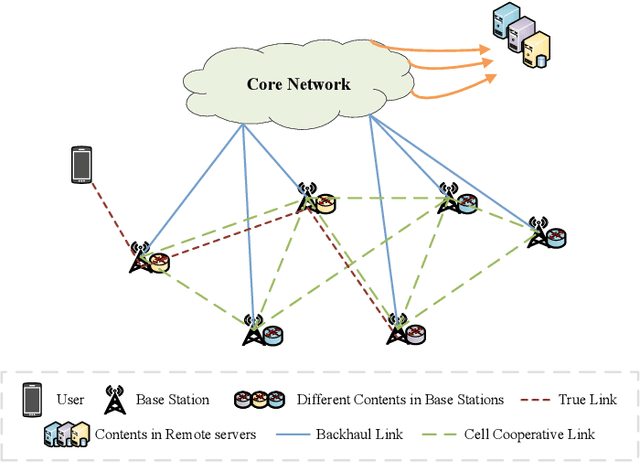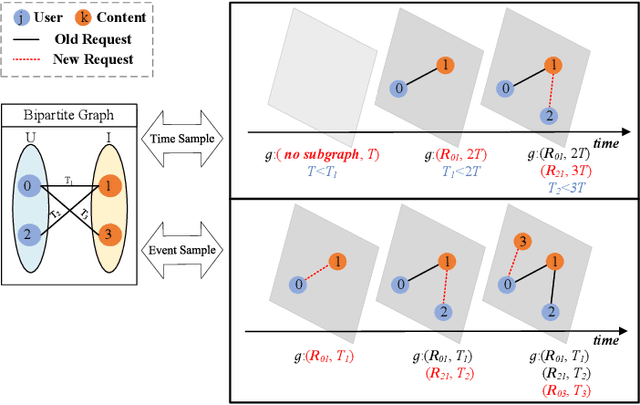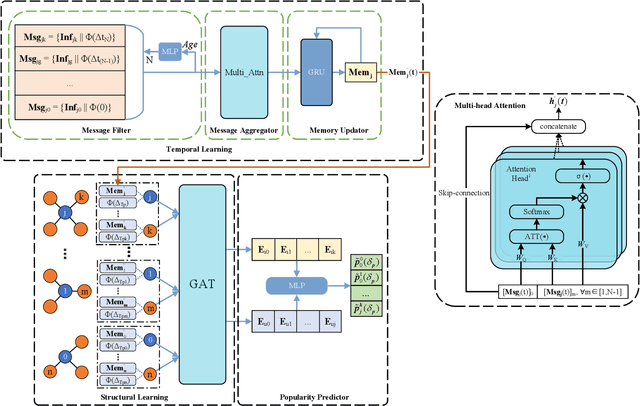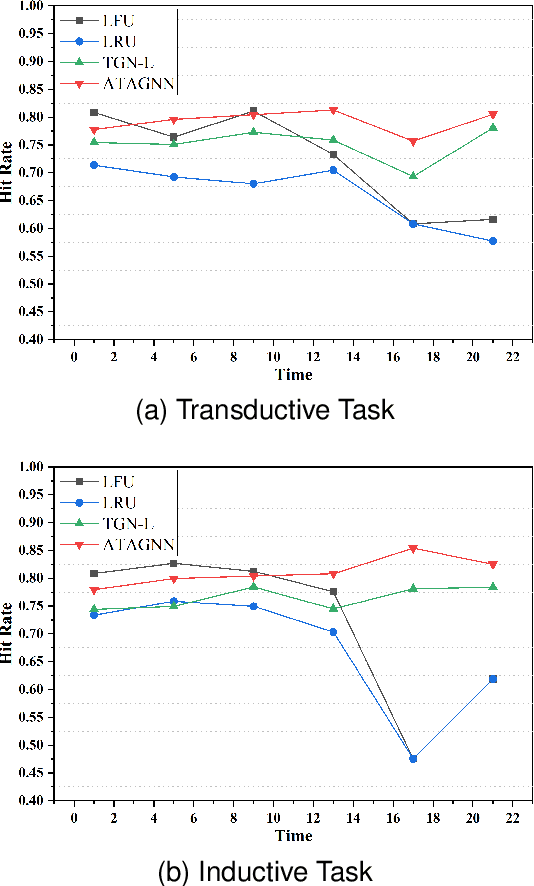Chan Wang
Multi-Agent Conditional Diffusion Model with Mean Field Communication as Wireless Resource Allocation Planner
Oct 27, 2025Abstract:In wireless communication systems, efficient and adaptive resource allocation plays a crucial role in enhancing overall Quality of Service (QoS). While centralized Multi-Agent Reinforcement Learning (MARL) frameworks rely on a central coordinator for policy training and resource scheduling, they suffer from scalability issues and privacy risks. In contrast, the Distributed Training with Decentralized Execution (DTDE) paradigm enables distributed learning and decision-making, but it struggles with non-stationarity and limited inter-agent cooperation, which can severely degrade system performance. To overcome these challenges, we propose the Multi-Agent Conditional Diffusion Model Planner (MA-CDMP) for decentralized communication resource management. Built upon the Model-Based Reinforcement Learning (MBRL) paradigm, MA-CDMP employs Diffusion Models (DMs) to capture environment dynamics and plan future trajectories, while an inverse dynamics model guides action generation, thereby alleviating the sample inefficiency and slow convergence of conventional DTDE methods. Moreover, to approximate large-scale agent interactions, a Mean-Field (MF) mechanism is introduced as an assistance to the classifier in DMs. This design mitigates inter-agent non-stationarity and enhances cooperation with minimal communication overhead in distributed settings. We further theoretically establish an upper bound on the distributional approximation error introduced by the MF-based diffusion generation, guaranteeing convergence stability and reliable modeling of multi-agent stochastic dynamics. Extensive experiments demonstrate that MA-CDMP consistently outperforms existing MARL baselines in terms of average reward and QoS metrics, showcasing its scalability and practicality for real-world wireless network optimization.
Self-Critical Alternate Learning based Semantic Broadcast Communication
Dec 03, 2023



Abstract:Semantic communication (SemCom) has been deemed as a promising communication paradigm to break through the bottleneck of traditional communications. Nonetheless, most of the existing works focus more on point-to-point communication scenarios and its extension to multi-user scenarios is not that straightforward due to its cost-inefficiencies to directly scale the JSCC framework to the multi-user communication system. Meanwhile, previous methods optimize the system by differentiable bit-level supervision, easily leading to a "semantic gap". Therefore, we delve into multi-user broadcast communication (BC) based on the universal transformer (UT) and propose a reinforcement learning (RL) based self-critical alternate learning (SCAL) algorithm, named SemanticBC-SCAL, to capably adapt to the different BC channels from one transmitter (TX) to multiple receivers (RXs) for sentence generation task. In particular, to enable stable optimization via a nondifferentiable semantic metric, we regard sentence similarity as a reward and formulate this learning process as an RL problem. Considering the huge decision space, we adopt a lightweight but efficient self-critical supervision to guide the learning process. Meanwhile, an alternate learning mechanism is developed to provide cost-effective learning, in which the encoder and decoders are updated asynchronously with different iterations. Notably, the incorporation of RL makes SemanticBC-SCAL compliant with any user-defined semantic similarity metric and simultaneously addresses the channel non-differentiability issue by alternate learning. Besides, the convergence of SemanticBC-SCAL is also theoretically established. Extensive simulation results have been conducted to verify the effectiveness and superiorness of our approach, especially in low SNRs.
AoI-based Temporal Attention Graph Neural Network for Popularity Prediction and Content Caching
Aug 18, 2022



Abstract:Along with the fast development of network technology and the rapid growth of network equipment, the data throughput is sharply increasing. To handle the problem of backhaul bottleneck in cellular network and satisfy people's requirements about latency, the network architecture like information-centric network (ICN) intends to proactively keep limited popular content at the edge of network based on predicted results. Meanwhile, the interactions between the content (e.g., deep neural network models, Wikipedia-alike knowledge base) and users could be regarded as a dynamic bipartite graph. In this paper, to maximize the cache hit rate, we leverage an effective dynamic graph neural network (DGNN) to jointly learn the structural and temporal patterns embedded in the bipartite graph. Furthermore, in order to have deeper insights into the dynamics within the evolving graph, we propose an age of information (AoI) based attention mechanism to extract valuable historical information while avoiding the problem of message staleness. Combining this aforementioned prediction model, we also develop a cache selection algorithm to make caching decisions in accordance with the prediction results. Extensive results demonstrate that our model can obtain a higher prediction accuracy than other state-of-the-art schemes in two real-world datasets. The results of hit rate further verify the superiority of the caching policy based on our proposed model over other traditional ways.
 Add to Chrome
Add to Chrome Add to Firefox
Add to Firefox Add to Edge
Add to Edge